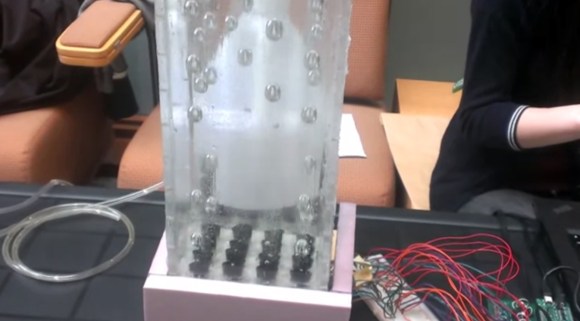Who are you? No, who are you really? You’re an amalgamation of influences from your family, your friends, the media, and the parasocial relationships you have with fictional characters. It’s okay; we all are. It can’t be helped that there’s a lot of it about.
[Kim Pimmel]’s YOU examines this question of identity in the form of projected typography. YOU are solidly laser-cut at birth, but then come the influences — the water of everyday life that surrounds you, the lights that mask your dread or lay you bare, and the prisms of circumstance that twist the light into brilliant patterns that burn memories into your brain.
In this case, the light comes from a hacked camping headlamp that was past its prime. [Kim] laser-cut the letters from acrylic and submerged them in water, which can be manipulated to enhance the effect and mimic the turmoil of life. For added effect, [Kim] held prisms in the light’s path to refract it and cause the patterns to dance. Be sure to check it out after the break, and don’t forget to turn on the sound so you can hear [Kim]’s original composition.
Want to see more trippy typography? Check out this vector art that started as Perlin noise.

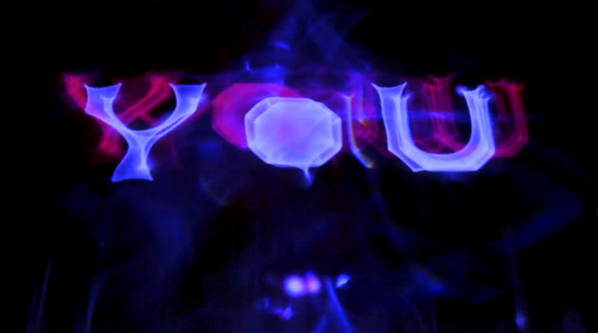
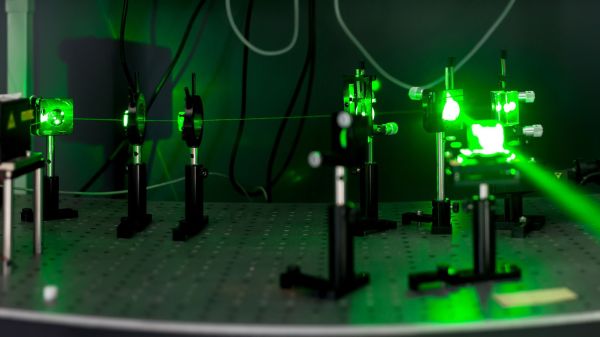

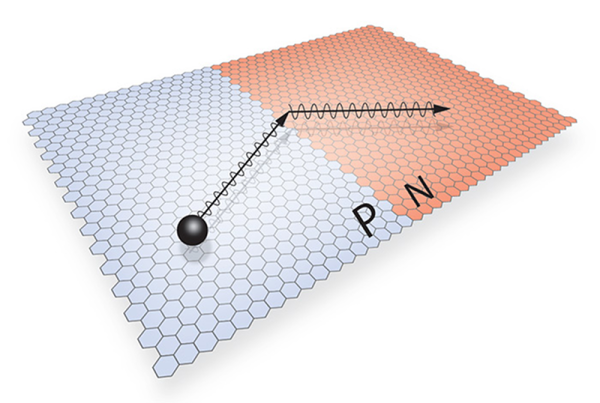
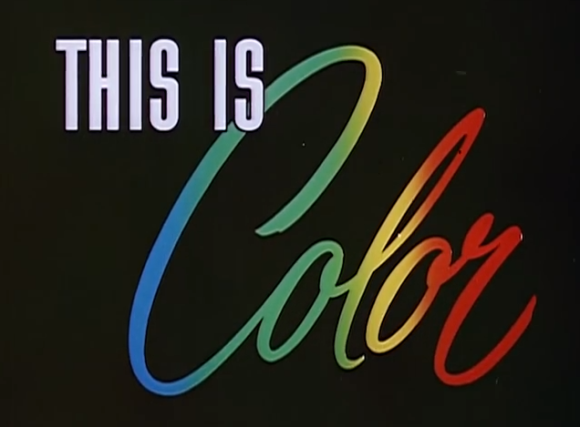 Chances are, you take color for granted. Whether or not you give it much thought, color is key to distinguishing your surroundings. It helps you identify fire, brown recluse spiders, and the right resistor for the job.
Chances are, you take color for granted. Whether or not you give it much thought, color is key to distinguishing your surroundings. It helps you identify fire, brown recluse spiders, and the right resistor for the job.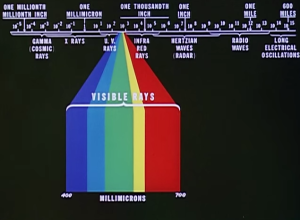 Each color that makes up the spectrum of visible rays has a particular wavelength. The five principal colors—red, yellow, green, blue, and violet—make possible thousands of shades and hues, but are only a small slice of the electromagnetic spectrum.
Each color that makes up the spectrum of visible rays has a particular wavelength. The five principal colors—red, yellow, green, blue, and violet—make possible thousands of shades and hues, but are only a small slice of the electromagnetic spectrum.